Name: Walrus (Odobenus rosmarus)
Average Length: 2 - 3.5 meters (6.6 - 11.5 feet)
Average Weight: 800 - 1,200 kg (1,764 - 2,646 pounds)
Location: Northern Atlantic and Pacific Oceans, and the Laptev Sea in the Arctic Ocean
Conservation status: Insufficient data (last global census in 1990)
Diet: Primarily mollusks; also sea cucumbers, coral, shrimp, crabs, tubeworms, tunicates, and other small marine organisms. Occasionally seals, seabirds, whales, and whale carcasses
Appearance: Long tusks (up to a meter), whiskers, and blubbery skin that darkens with age
What do walruses eat?
Walruses primarily eat clams, diving to shallow sea floors and using their whiskers to find them. They create a vacuum to suck the meat out of the shell. They also prey on seals and narwhals if trapped by ice. Dives can reach 80-90 meters (265 - 295 feet) and last about 30 minutes.
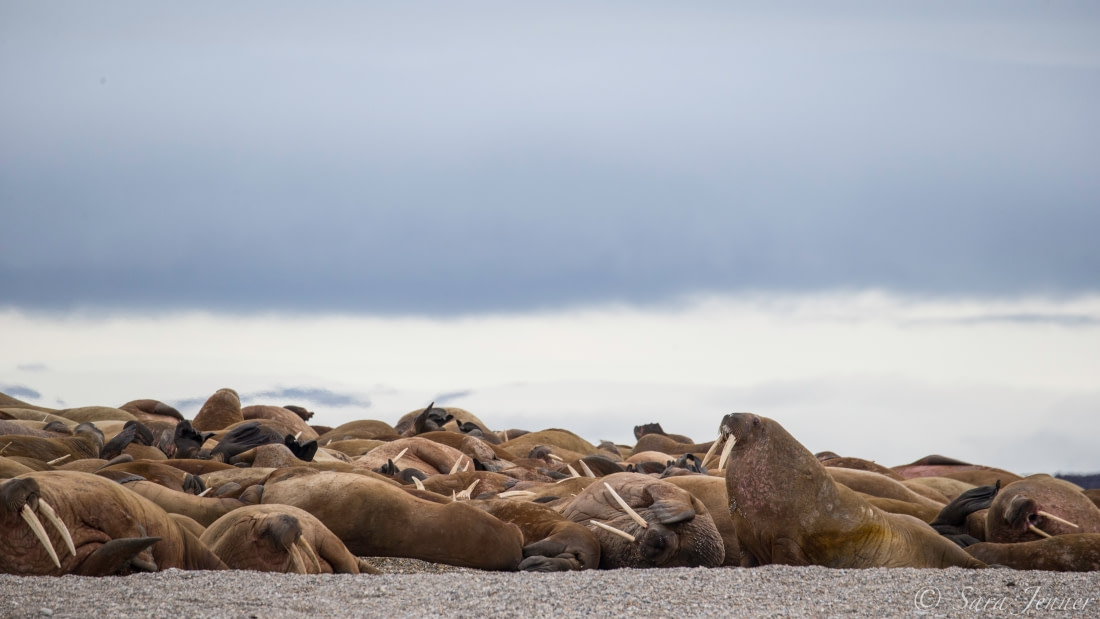
Do walruses socialize?
Walruses herd on ice floes and shores, usually separated by sex. During mating season, males fight for dominance. Sunbathing walruses can gather in the hundreds, and during mating season, in the thousands. A startled herd can stampede, crushing its own members.
How fast can walruses move?
Walruses can run as fast as humans on land, using all fours. In water, they swim gracefully at about 7 kph (4 mph) but can reach 35 kph (22 mph). Thousands migrate north in summer, while Laptev Sea herds move little.
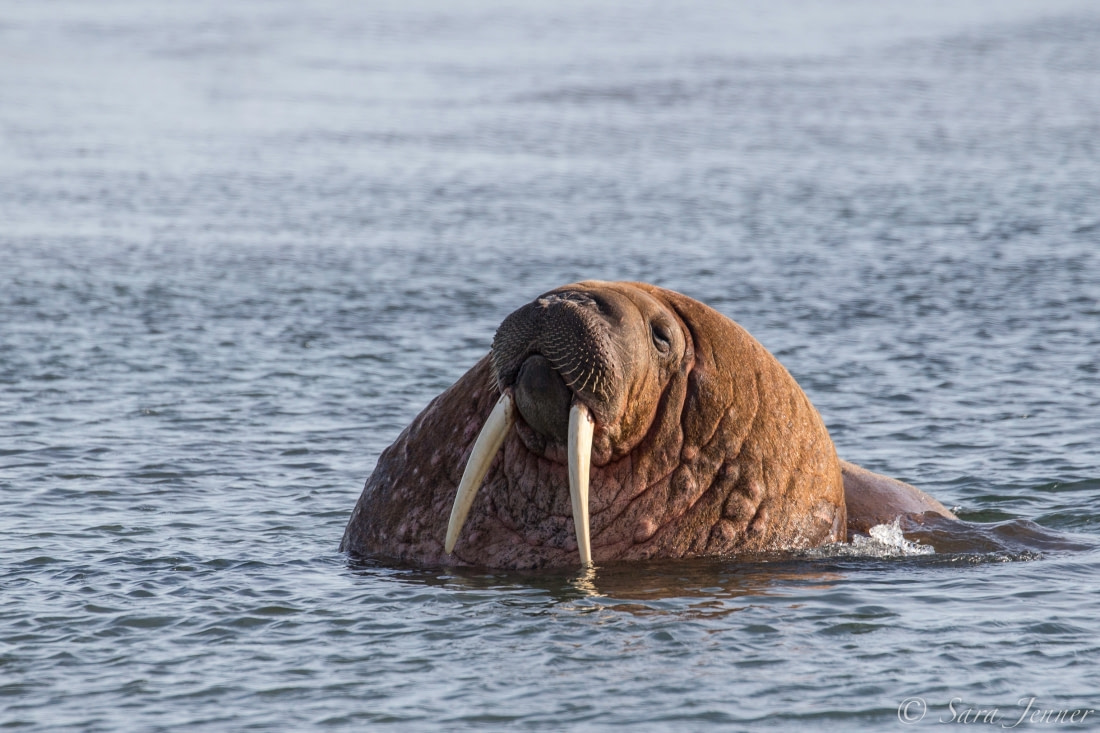
What are walrus mating rituals like?
Male walruses mature around seven years but usually dominate for mating at 15. Females mature as early as four years. From January to March, males fight for dominance and emit vocal calls to attract females. Pregnancy lasts about 15 months, with calving during spring migration. Calves weigh up to 75kg (165 pounds) and can swim immediately. Mothers nurse for over a year, and calves stay with them for up to five years.
How long do walruses live?
Walruses typically live 20 to 30 years in the wild, but can reach up to 40 years.

How many walruses are there today?
Estimates suggest around 230,000 worldwide:
- Pacific walruses - 200,000
- Atlantic walruses - 20,000
- Laptev Sea walruses - up to 10,000
Do walruses have any predators?
Walruses have few natural predators: orcas and polar bears, which prefer easier prey. Historically, humans hunted walruses extensively for their meat, flippers, tusks, bones, oil, hide, and intestines. Today, hunting is mostly illegal except for indigenous groups.

What are walrus tusks for?
Walrus tusks are elongated canine teeth used for:
- Fighting for dominance
- Hauling onto ice
- Protection
- Hooking onto ice to rest
Eight final walrus facts:
- Walruses spend about two-thirds of their life in water.
- Their heart rates slow underwater to prevent getting too cold.
- Odobenus rosmarus means "tooth-walking sea horse."
- A walrus bellow can be heard over 1.5 km (.7 miles) away.
- They are pinnipeds, meaning "feather footed."
- Females give birth away from the herd, possibly to avoid predators or prevent calf crushing.
- Walrus mothers cuddle their calves like humans.
- Heavier walruses need to eat about 70 kg (154 pounds) of mussels daily, equivalent to 282 Mars bars!
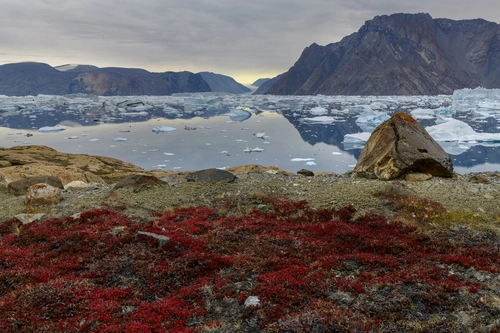




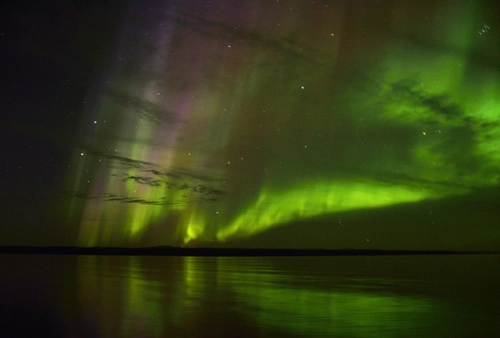
Related Trips



10 Traits of Post-Ice-Age Greenland
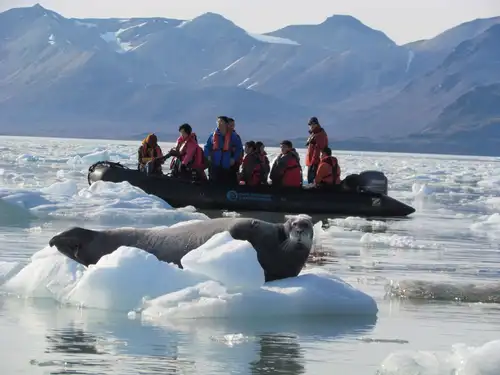
Six Seal Species You Might See On Your Greenland Cruise

The World Is Changing for Greenland's Native Inuit People

Kayaking In Greenland

Northeast Greenland National Park
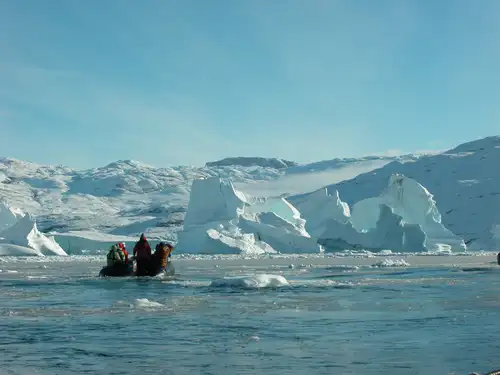
Discover the Scoresby Sund Fjord System in East Greenland

Tracking Greenland’s Wildlife from Space
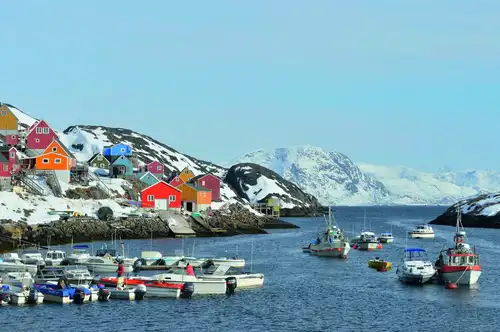
Amazing Greenland

Ice streams and lakes under the Greenland Ice Sheet
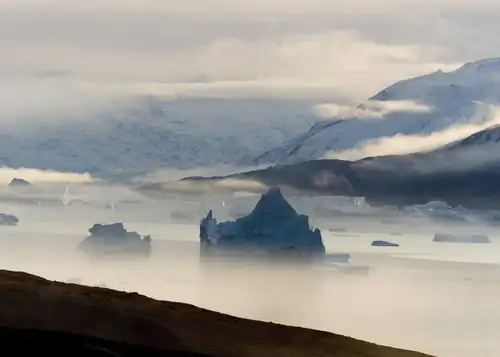
Peaks, Fjords, and Auroras: 14 East Greenland Attractions
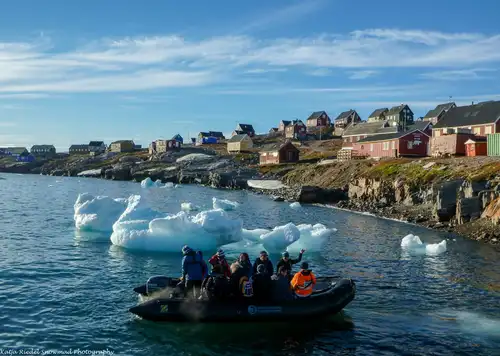
Scoresby Sund: the Greatest Greenland Adventure

15 Toothy Facts About the Atlantic Walrus
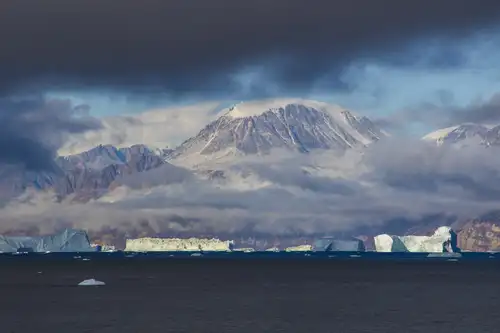
Greenland: East vs. West

Under the Greenland Ice Sheet
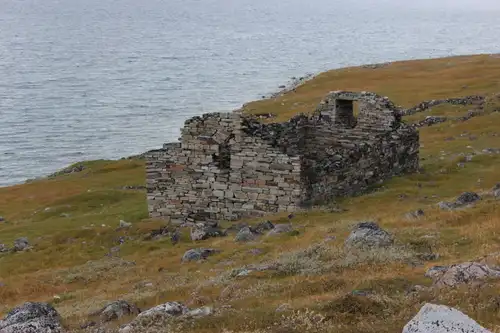
Greenland's History: When Vikings Ruled the Ice Age
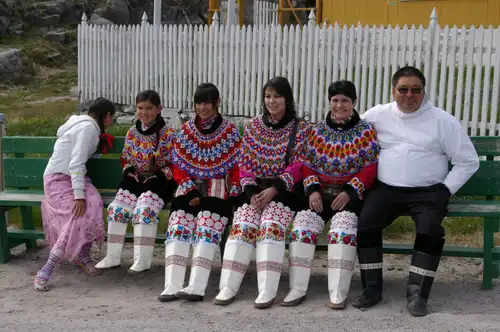
Not Eskimos: 10 Enlightening Facts About the Inuit

Svalbard’s 12 Most Iconic Animals
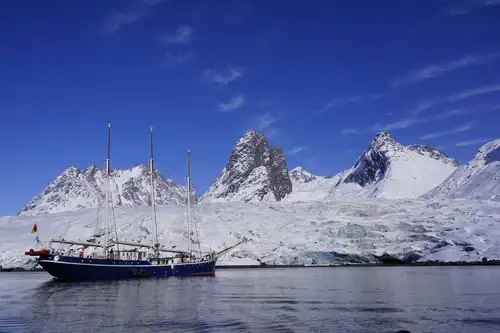
5 Misconceptions You Might Have About Greenland
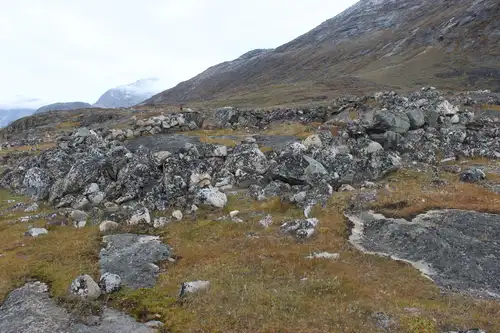
The Norse Settlement of Greenland




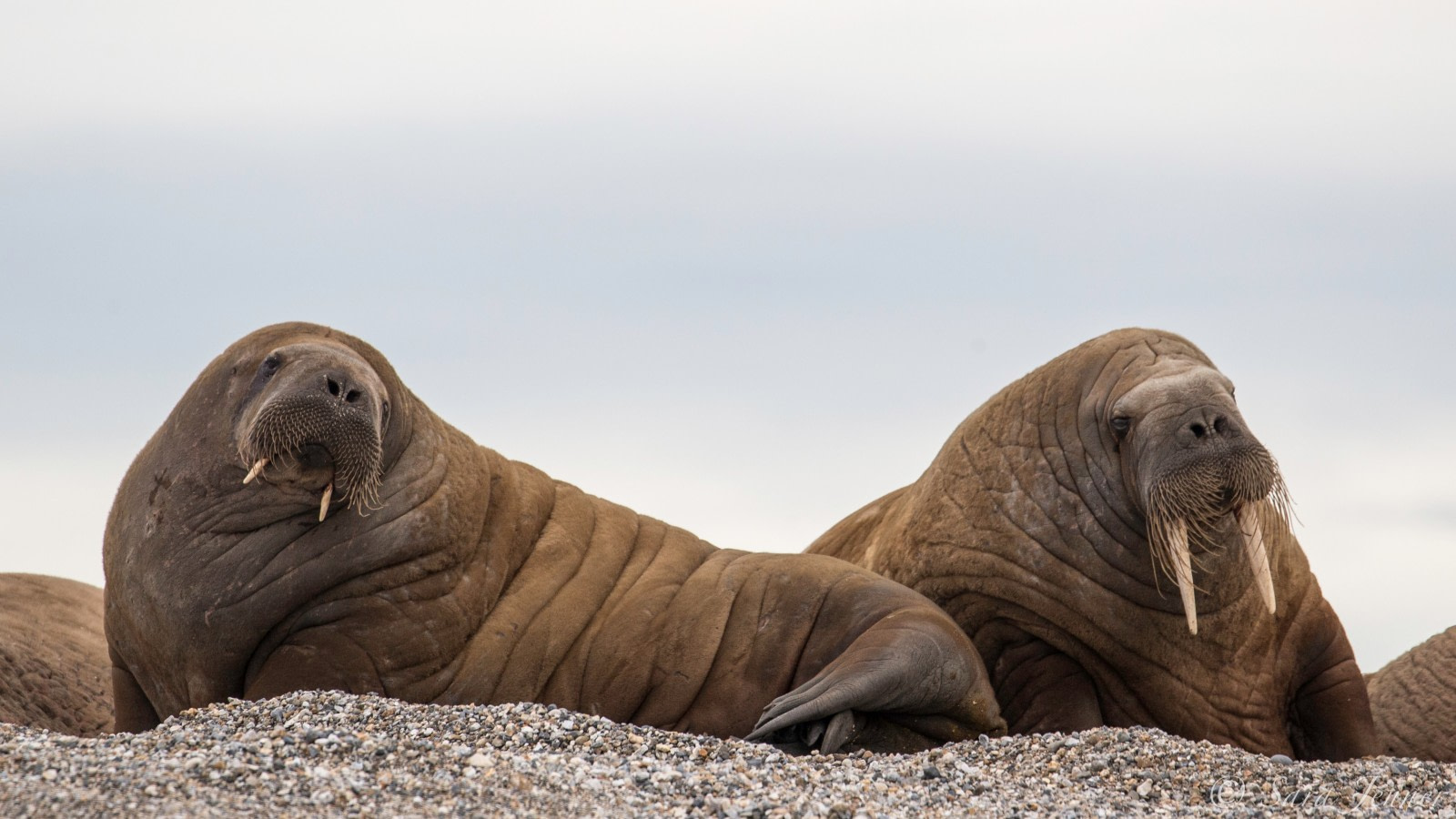

 20 Days / 19 Nights
20 Days / 19 Nights
